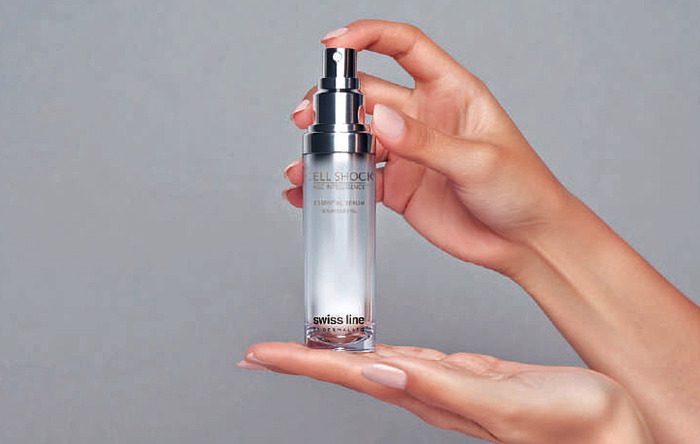Everyone knows about the harmful effects of UV rays and their connection to premature skin aging, yet most have little to say about chronic inflammation and its equally harmful effects.
Chronic inflammation is a silent and invisible enemy that slowly catches up with you. It’s not something a person can see or feel. Forget red, painful or itchy skin! This is acute inflammation, healthy immune response to infection or tissue injury. Chronic inflammation, on the other hand, is a persistent, unhealthy, heightened immune response. Like a faulty thermostat, the inflammatory response is consistently too high, which in turn damages healthy cells, tissues and organs and leads to a whole host of adverse events, including premature aging, diabetes heart disease, cancer and dementia.
What causes it?
Your “thermostat” / immune system signals when you have an overproduction of cytokines. These little proteins are your body’s regulators. We all need cytokines to counteract infections and injuries, but prolonged overproduction of cytokines can lead to chronic inflammation.
How can we prevent this?
Below are four proactive steps you can take to prevent chronic inflammation :
1. Use skin care products that minimize overproduction of cytokines
Skin care formulas have been developed that contain skin-like ingredients, such as madecassoside – a pharmaceutical-grade extract of the plant Centella asiatica produced in the laboratory, and azelaic acid, also a laboratory-developed substance found in wheat, rye and barley. They minimize the overproduction of cytokines so that the immune system can counteract the triggers of chronic inflammation.
Swissline was the first Swiss brand to introduce madecassoside to the skin care market in its Cell Shock Age Intelligence collection to alleviate the feeling of dryness caused by peels, lasers and dermabrasion, a common side effect of these procedures. Most Age Intelligence products are formulated with high concentrations of madecassoside, but the best seller is the award-winning Recovery Serum.
2. Anti-inflammatory diet is important
By reducing your intake of animal proteins, simple carbohydrates, and trans/saturated fats, adding more fruits and vegetables to your diet, and increasing your intake of omega-3 fats (found in fish oils, avocados, and walnuts), you are choosing the right path in the fight against chronic inflammation.
3.Regular exercises to reduce inflammatory parameters in the blood.
Moderate exercise for up to 60 minutes can reduce inflammatory parameters in the bloodstream, increase positive neurotransmitters (e.g. serotonin and endorphins) and improve brain chemistry. Also recommended is a combination of strength training with cardiovascular activity, such as walking, biking, or running. However, too much training can trigger inflammation!
4. Reduce stress
Constant mental, emotional or physical stress increases cortisol levels, a steroid hormone responsible for tissue inflammation. Women produce more cortisol than men and experience faster progression of inflammation-related disorders. Try yoga. Not only does it help with internal stress, but the mechanics and poses of Iyengar yoga have been shown to stimulate the adrenal glands (the glands above the kidneys responsible for releasing adrenaline and cortisol).
SWISS LINE by Dermalab S.A.,
Dufourstrasse 20, 8702 Zollikon / Zurich, Switzerland
+41 (0)44 396 10 60
info@swissline-cosmetics.com
www.swissline-cosmetics.com











0 Comments